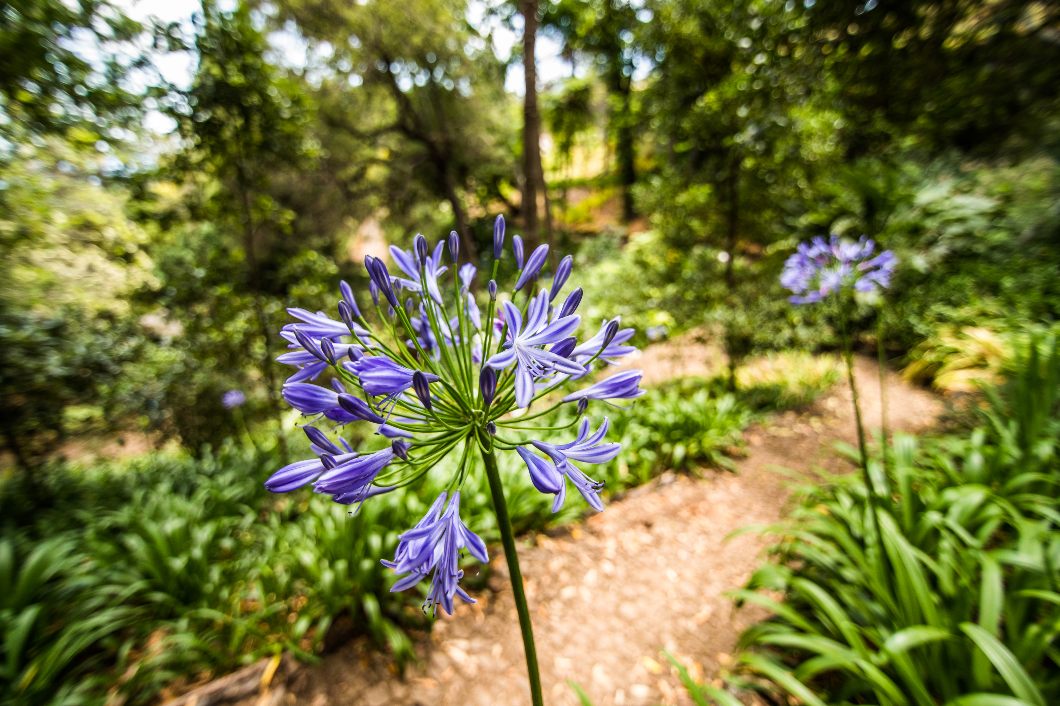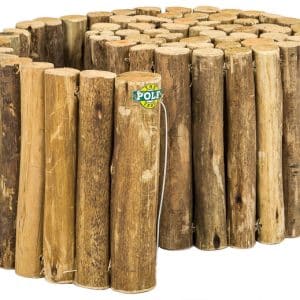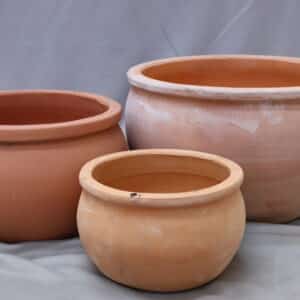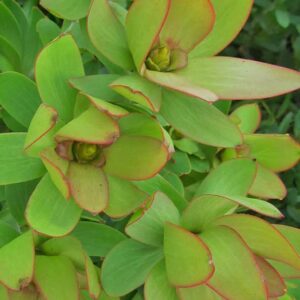Beginner’s guide to thriving agapanthus plants
DIY and how-to

If you’re looking for a plant that’s as reliable as your favourite braai recipe and twice as spectacular, agapanthus is your answer!
Lovingly known as the Lily of the Nile or African Blue Lily, agapanthus plants are native to our sunny shores, and naturally thrive in our climate. These perennial powerhouses produce striking clusters of trumpet-shaped flowers – iconic in the South African summer garden.
The best part? They’re about as low-maintenance as plants get while still delivering serious garden drama. Need further convincing? Here are a few more reasons we love agapanthus. Read on for a beginner’s guide to growing agapanthus plants.
The best soil and light for agapanthus plants
Agapanthus are quite accommodating when it comes to location, but they do have preferences.
They love full sun to partial shade, making them ideal for tricky garden spots that get morning sun but afternoon shade. In the Western Cape’s Mediterranean climate or Gauteng’s highveld conditions, they’ll adapt beautifully to your garden’s unique microclimate.
The key when it comes to the soil for your agapanthus is good drainage. These plants despise soggy feet, so if your garden soil tends to hold water, consider planting them in raised beds or adding some compost to improve drainage.
Planting an agapanthus
When to plant agapanthus: The best time to plant agapanthus is during autumn or early spring when temperatures are mild.
How to plant agapanthus: Dig a hole roughly twice the width of your plant’s root ball and just as deep. Put your agapanthus plant in, backfill with soil mixed with a handful of compost, and give it a good drink of water.
Space them about half a metre apart, depending on the variety. They’ll spread and multiply over time, creating beautiful, natural-looking clusters that’ll be the envy of your street.
Agapanthus care: How often should you water agapanthus?
Here’s where agapanthus really shines: these evergreen perennials are surprisingly drought-tolerant once established. During their first growing season, water them regularly to help establish strong roots. After that, they’ll generally be happy with weekly deep watering during dry spells.
In winter, particularly in areas with good rainfall, you can practically ignore them. They’ll go dormant and rest up for their spectacular spring comeback.
Want to learn about other South African perennial garden favourites? Read this guide.
Fertiliser for agapanthus in spring
As part of agapanthus care, apply a balanced, slow-release fertiliser in early spring as new growth appears. A layer of compost around the base each year will also keep them happy and healthy.
Avoid nitrogen-rich fertilisers, which encourage leafy growth at the expense of flowers. You want blooms, not just a green leafy display!
When to divide and transplant agapanthus
Agapanthus are practically self-sufficient, which is always a perk, but if you’re wondering how to get agapanthus to bloom more, try removing spent flower heads.
Every three to four years, you might want to divide overcrowded clusters. Dig up the cluster in early spring, gently separate the sections, and replant.
You’ll suddenly have more agapanthus to spread around your garden or share with friends.
Want more tips for keeping your agapanthus in tip-top shape? Read this.
Solving common problems with agapanthus plants
Agapanthus plants are generally pest and disease-free, but occasionally you might spot aphids on new growth.
A blast with the hosepipe usually sorts them out. If your plants aren’t flowering well, they might be too comfortable in rich soil or need dividing.
Get planting
Now that you know it’s a no-regrets indigenous flowers addition to your garden – what are you waiting for?
Browse our range of agapanthus plants online* (*Western Cape only), or shop a variety of these blue and white beauties in store.
Your local Stodels Garden Centre has all you need, from gardening tools to fertiliser to ensure your agapanthus plants thrive year after year.
Shop online
-
EAST BOWL FLAT RIM TERRACOTTA
- R399.99 – R899.99Price range: R399.99 through R899.99
- Select options This product has multiple variants. The options may be chosen on the product page Learn More
-
LARGE ADULT 3KG OR 15KG
- R415.99 – R1,593.99Price range: R415.99 through R1,593.99
- Select options This product has multiple variants. The options may be chosen on the product page Learn More




